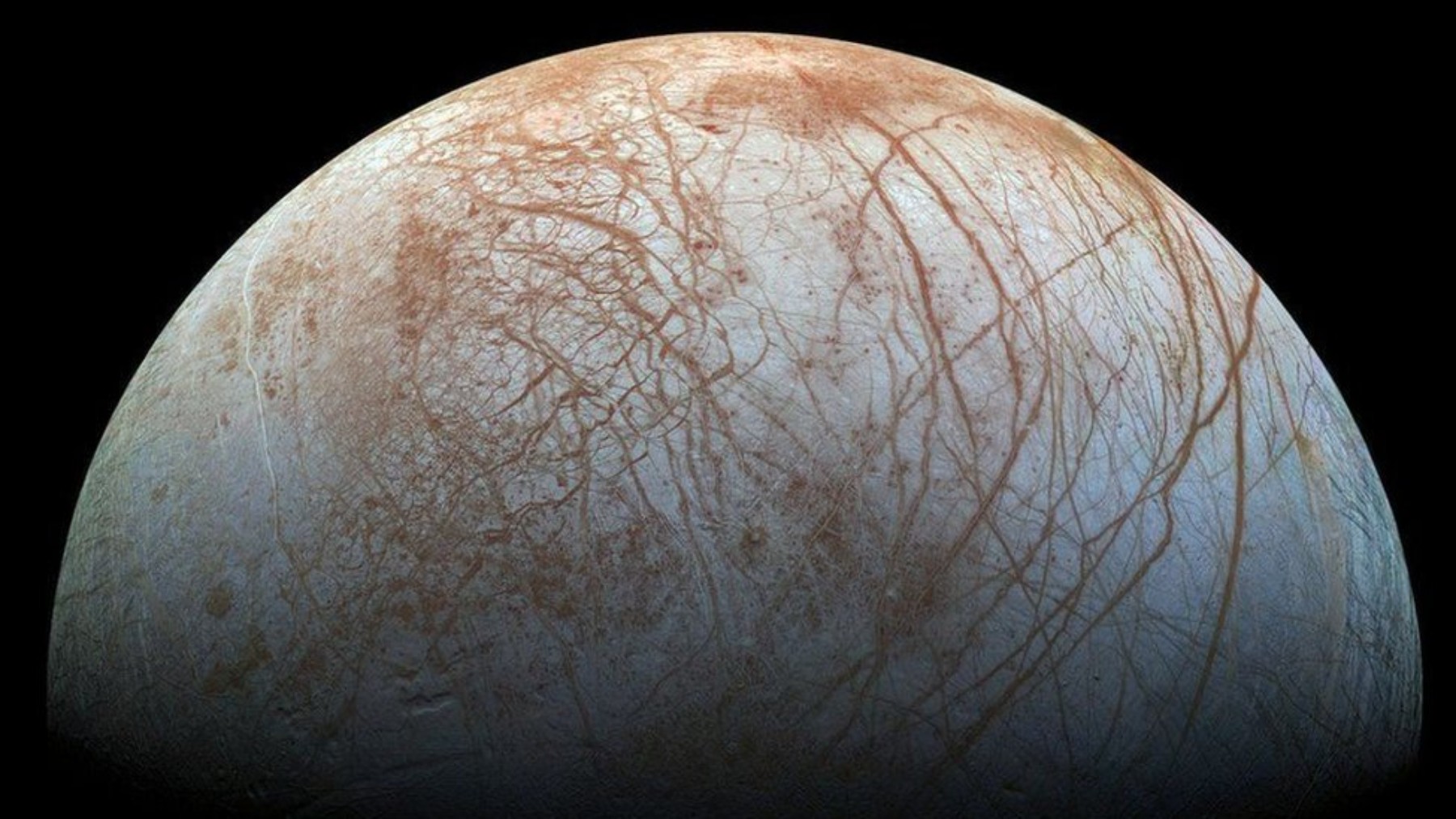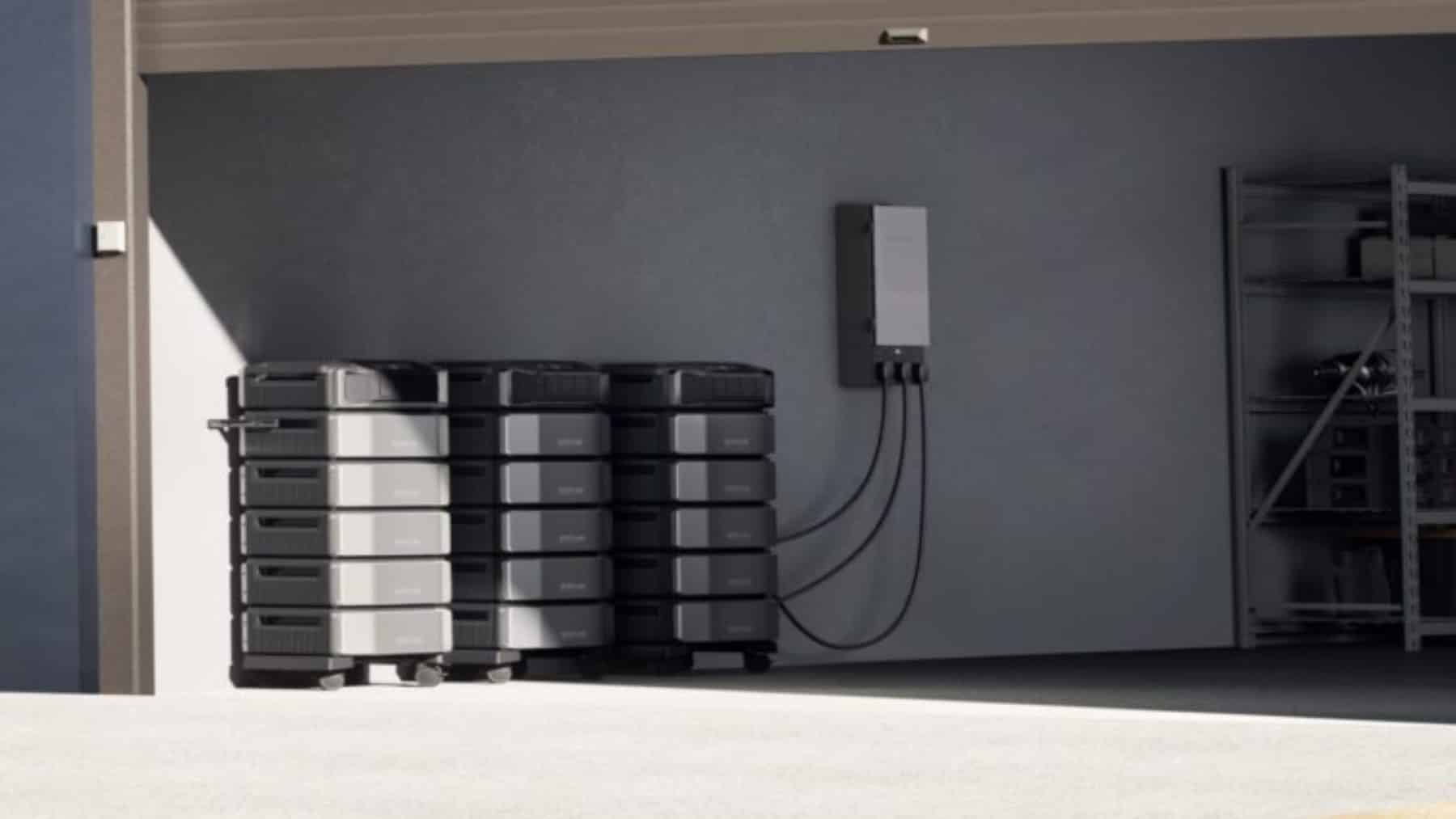One of NASA’s most important missions is the one carried out by JUNO, a spacecraft built and operated by Lockheed Martin Space, based in Denver. Its main function is to orbit Jupiter, collecting data about its moons and its functioning. It is the Jet Propulsion Laboratory that manages this mission. This is a division of Caltech, in Pasadena, and is managed by the researcher from the Southwest Research Institute in San Antonio, Scott Bolton. It has been precisely thanks to this mission that scientists have encountered a reality they did not expect; the amount of oxygen being produced on the surface of the moon Europa is much lower than what was shown in previous records.
This calculation has been made possible thanks to the collaboration of the Jet Propulsion Laboratories and the Southwest Research Institute. According to Jamey Szalay, a scientist from JADE at Princeton University in New Jersey, the ice layer covering the surface of Europa is eroding due to waves caused by charged particles that end up on it. This new reality has led to the planning of a new mission, this time in 2030. It is the Europa Clipper mission by NASA, which will not only investigate Europa’s oxygen production but will also study the conditions for life, with the aim of proposing future habitability.
NASA’s JUNO mission
Launched on August 5, 2011, the JUNO probe is the protagonist of the NASA mission of the same name. This expedition aims to study the largest planet in the solar system, Jupiter, with the intention of understanding both its origin and evolution, as well as its magnetosphere and internal structure. Among JUNO’s functions is to measure the amount of water present in the atmosphere, map the magnetic field, and study the behavior of its clouds and auroras. This mission is part of NASA’s New Frontiers space program.
Europa
There are 95 known moons of Jupiter, and Europa is the fourth largest. It has an equatorial diameter of 1,940 miles (3,100 kilometers), and scientists suspect that it has a large ocean of salty water beneath its icy crust. This has always sparked the curiosity of researchers, who wonder if it could meet optimal life conditions. They also consider its location important – in the middle of the radiation belts of the gas giant. According to biologists, the ionized particles from Jupiter that reach its surface could split water molecules in two, generating oxygen.
According to Jamey Szalay, a scientist at JADE from Princeton University in New Jersey, “Europa is like a ball of ice slowly losing its water into a flowing stream. Except that, in this case, the current is a fluid of ionized particles swept around Jupiter by its extraordinary magnetic field.” He added, “When these ionized particles impact Europa, they break the water-ice molecule by molecule on the surface to produce hydrogen and oxygen. In a way, the entire ice layer is continuously being eroded by the waves of charged particles that are deposited on it.”
What new data has JUNO provided?
The article, which was published on March 4 in Nature Astronomy, showed that there had been a depletion of hydrogen on the surface of the moon Europa. It was estimated that the amount of oxygen produced was 26 pounds per second (about 12 kg per second). However, previous data estimated over 2,000 pounds per second (1,000 kg per second). It is believed that some of that oxygen could be serving as a metabolic energy source for the underground ocean.
According to Szalay, ‘When NASA’s Galileo mission flew by Europa, it opened our eyes to the complex and dynamic interaction that Europa has with its environment. Juno provided a new capability to directly measure the composition of charged particles that are released from Europa’s atmosphere, and we couldn’t wait to take a look beyond the curtain of this exciting aquatic world. But what we didn’t realize is that Juno’s observations would give us such a strict constraint on the amount of oxygen produced on Europa’s icy surface.
Upcoming missions
It is expected that by 2030, NASA’s Europa Clipper mission will arrive at Jupiter, which will not only investigate this finding but will also continue to gather data related to the habitability of Europa, all through the use of nine scientifically sophisticated instruments.





